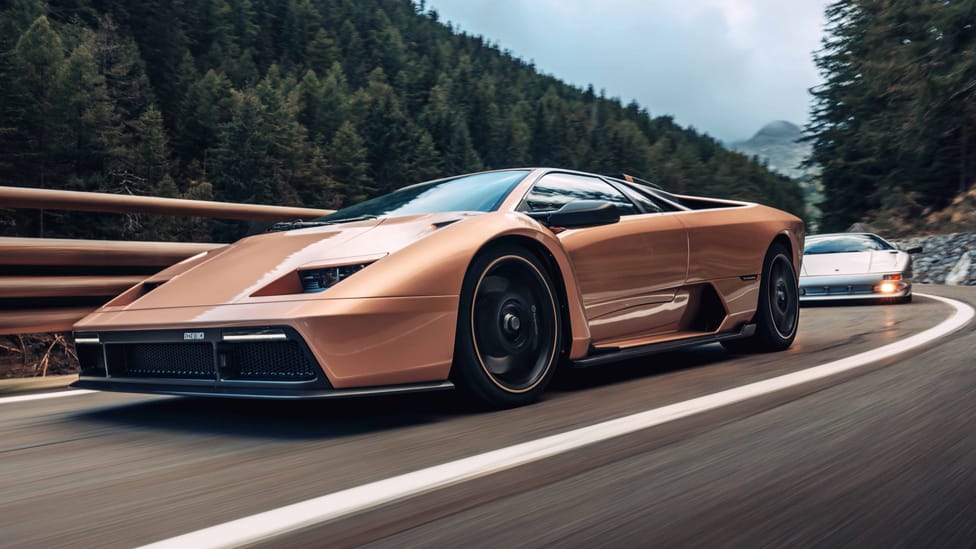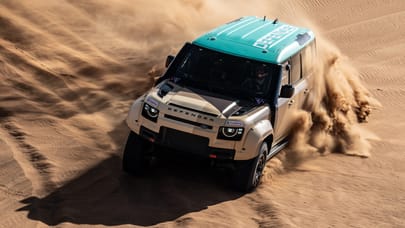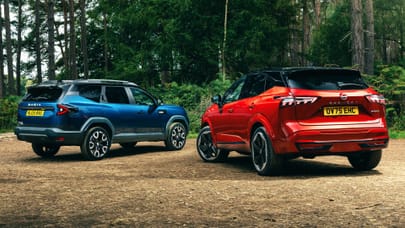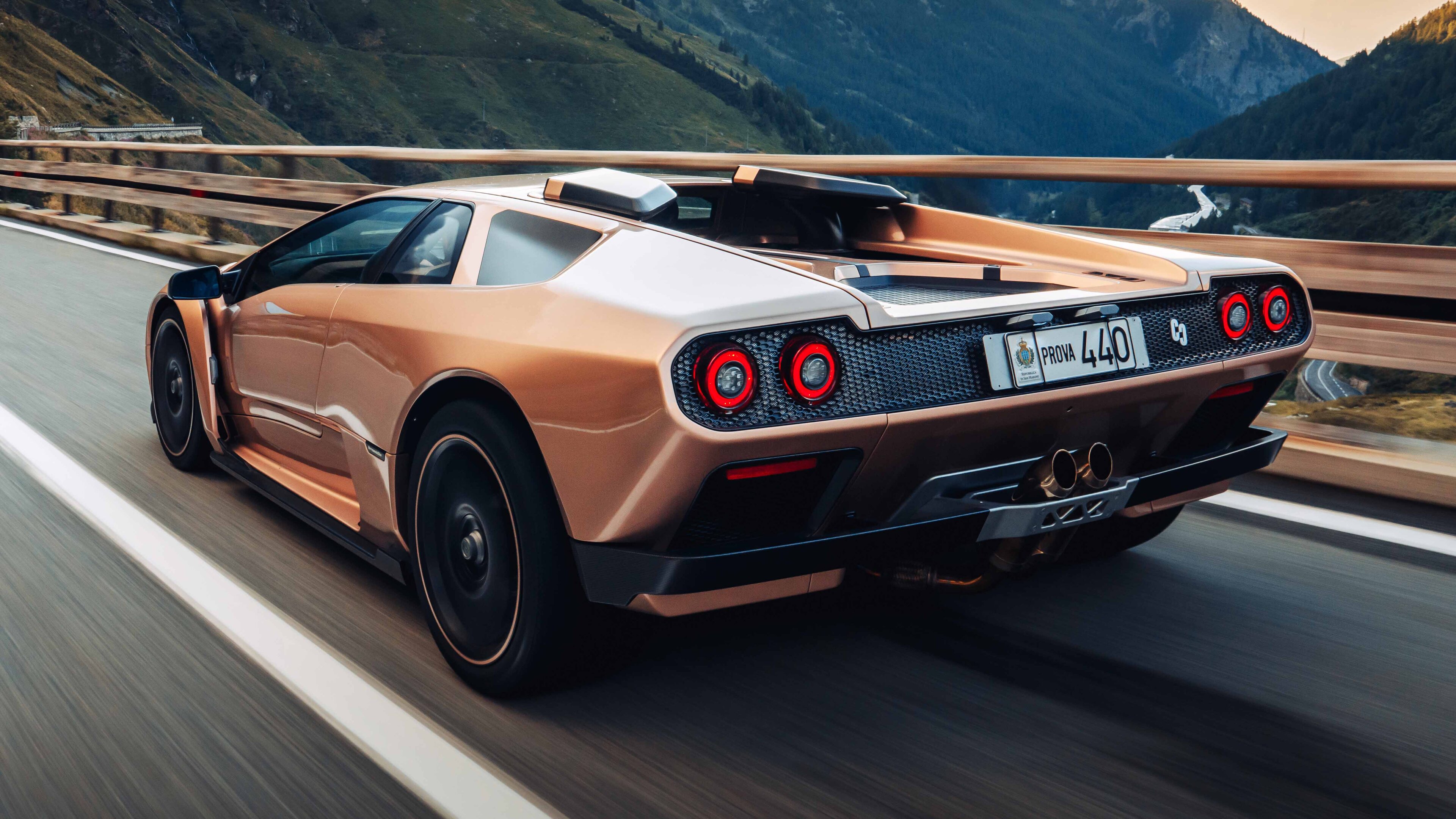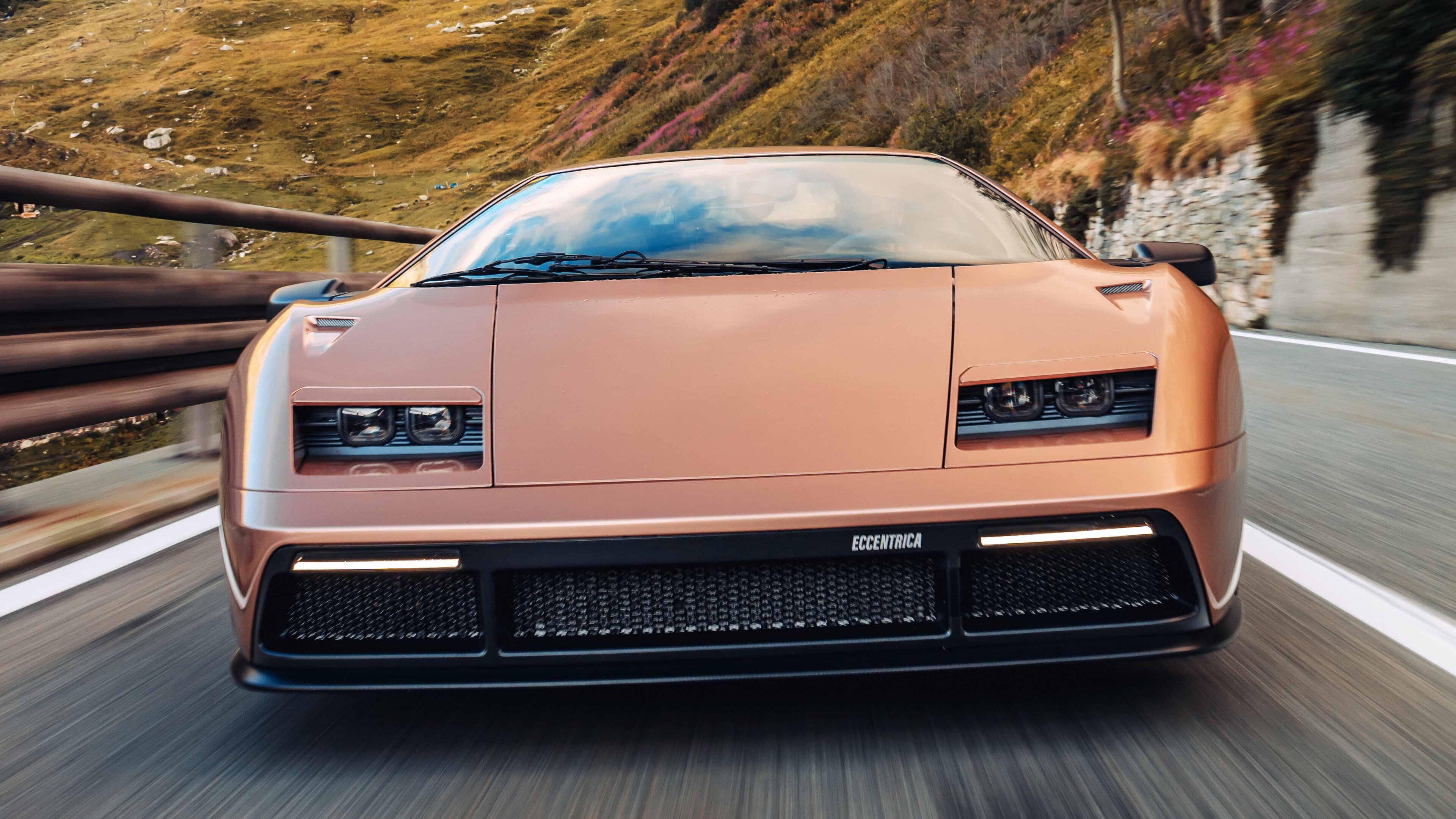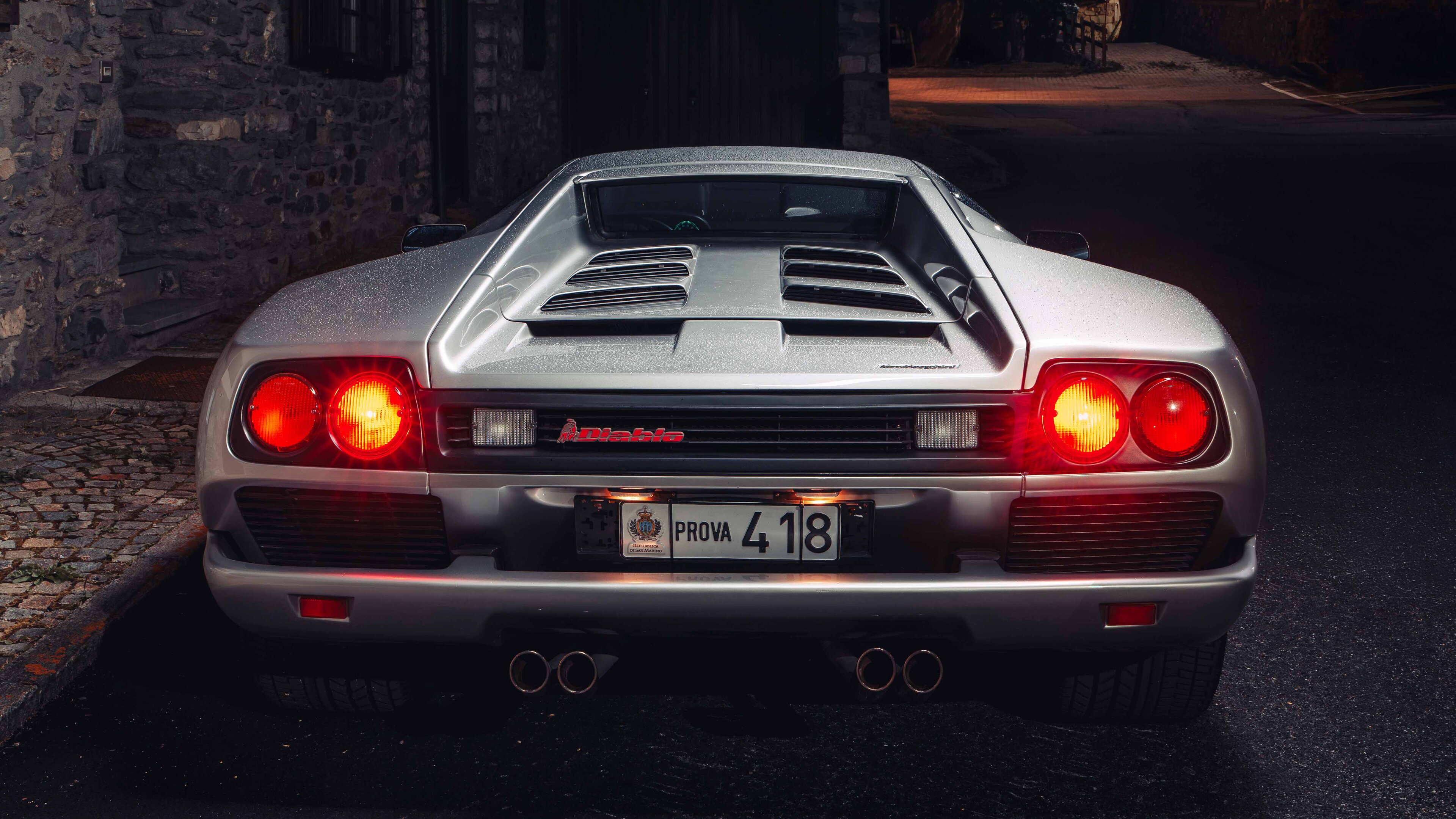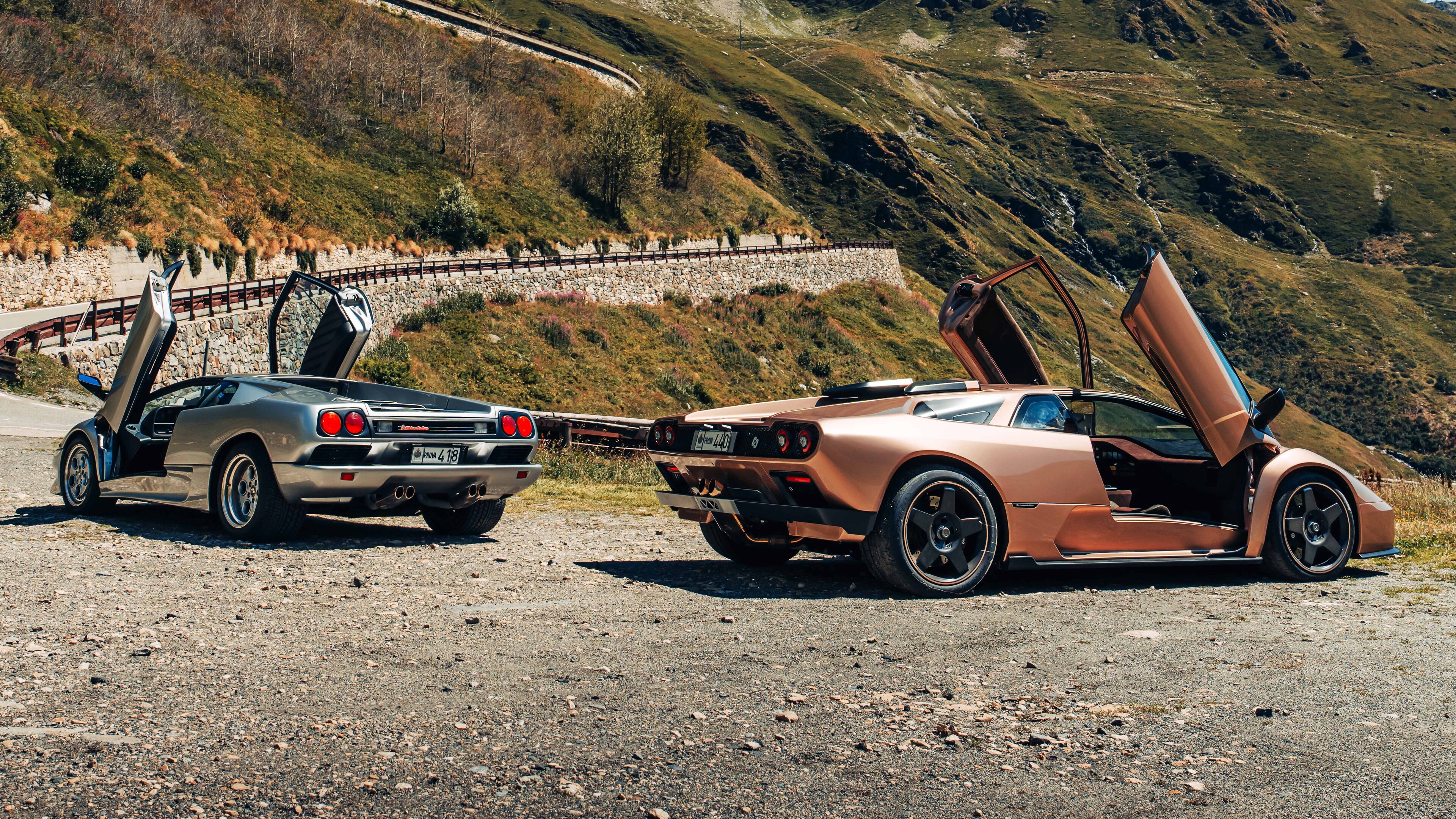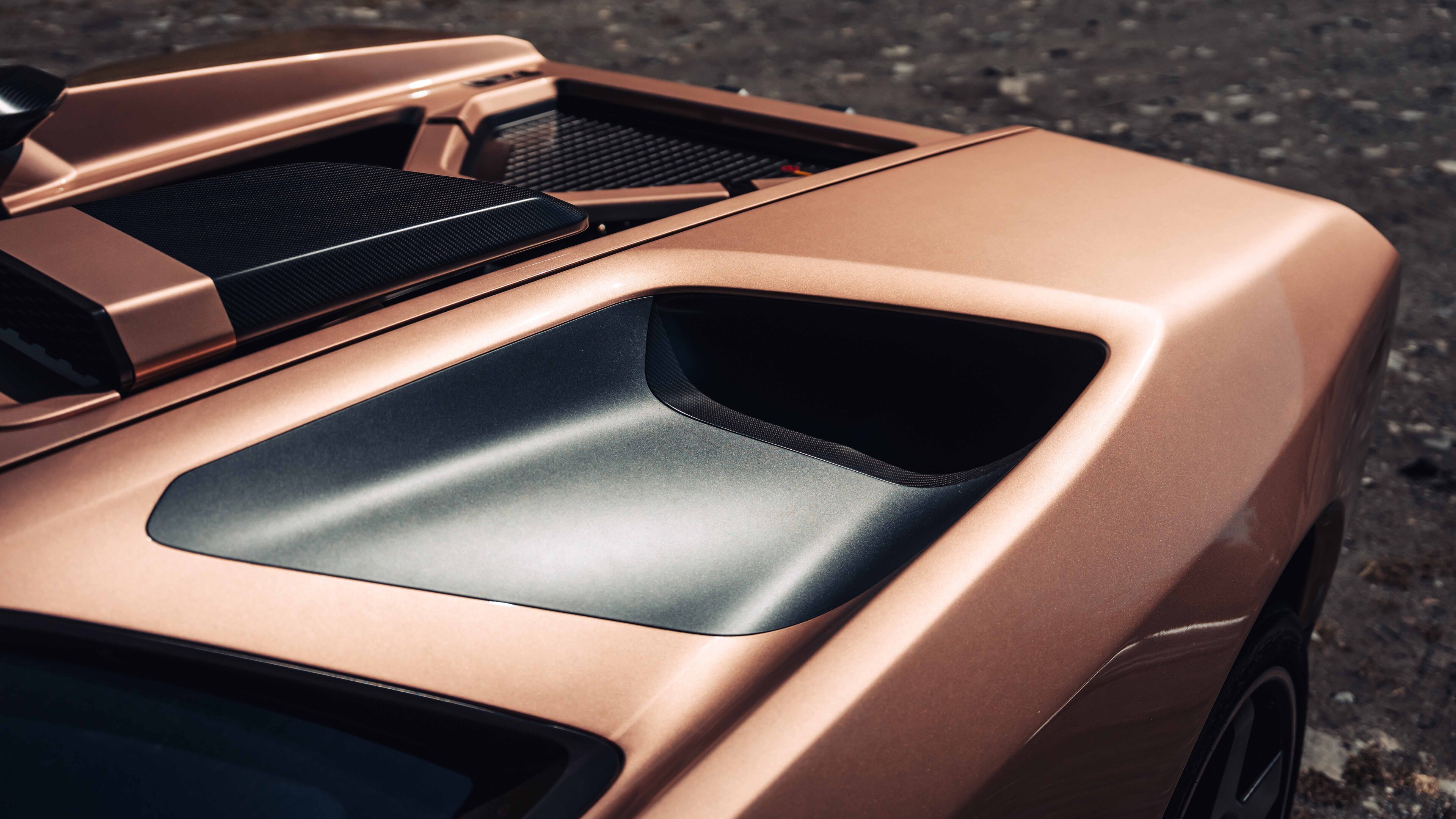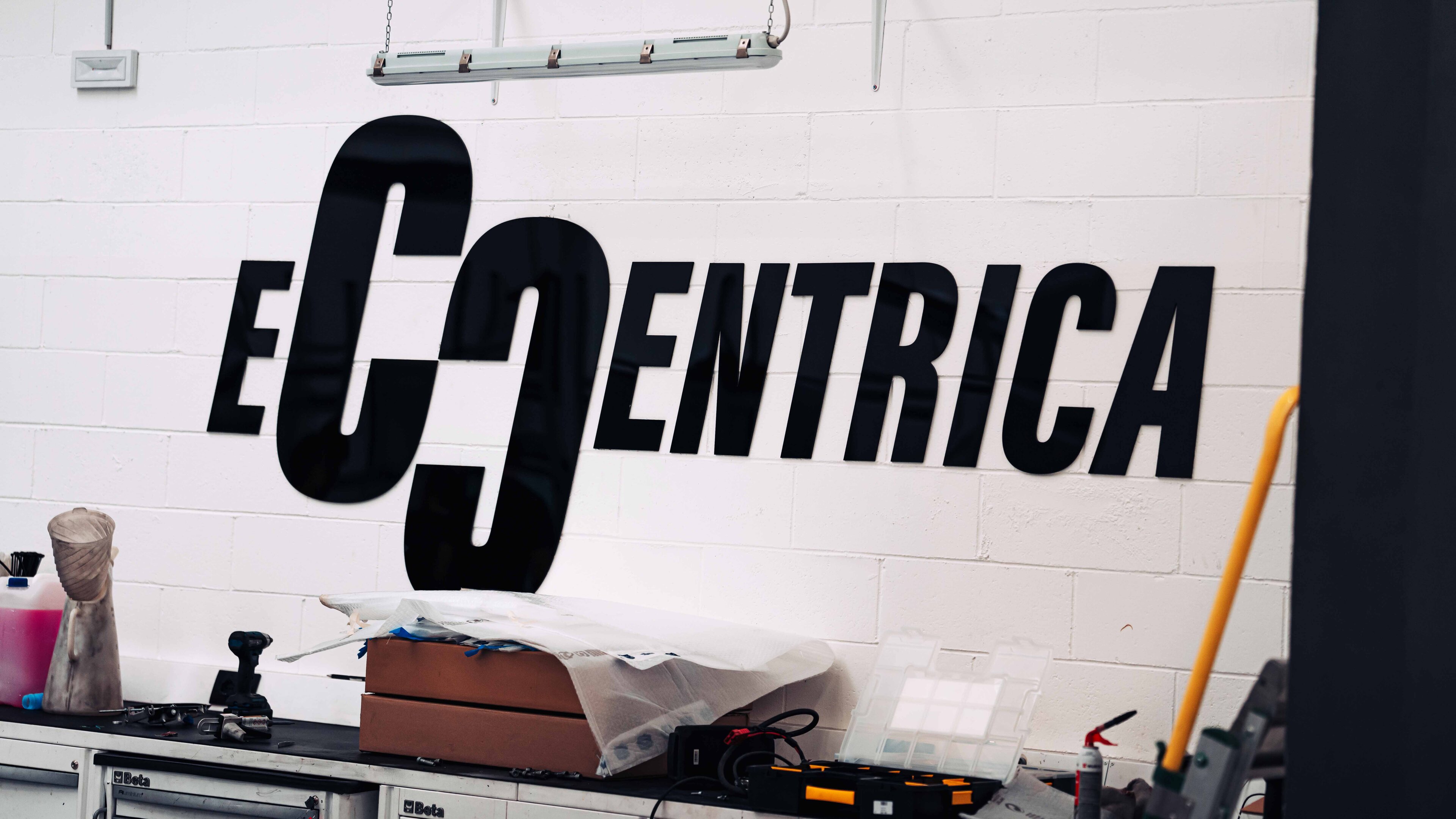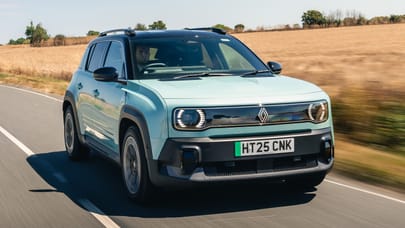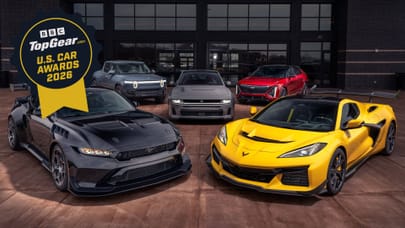
Can you restomod a Lamborghini Diablo without losing its... Diablo-ness?
Eccentrica Cars has given the tricksy Lambo a new suit. Better try them both out, just to be sure
It’s all fun and games until someone loses an eye. Or in this case, loses a clutch master cylinder and the dignity it provides for a 35-year-old Lamborghini Diablo on the Great St Bernard Pass. Because yes, that was me living through cliche, hazards on, wondering what the hell I was going to do with a venerable Diablo on a twisty mountain road with a clutch pedal that had gone from requiring 42kg of pressure (yes, really), to feeling like the footrest of a pedal bin.
It was all going so well, too. A 1990 first generation Diablo on a sunny mountain road on the Italian/Swiss border, Matt Monro playing vaguely in the back of my head, the craggy bits of Italy dopplering the deep chested yowl of the V12. It’s not easy, mind. With no ABS, no traction control and most importantly, no power assisted steering, this is the toothiest version of the Diablo... the one they warn you about.
A bit of a challenge for automotive masochists, or just the Diablo curious. And that’s definitely me. Diablos were my poster cars as a kid, but the only ones I’ve driven have been VTs and late 6.0-litre manuals – the ones from the Audi owned years where things were a little less bitey.
Photography: Mark Riccioni
Early Diablos are not the same, and they are not cute. The ergonomics are haphazard, the instrument binnacle takes up easily one third of the windscreen, it’s cramped, offset – the clutch is aligned vaguely where the brake feels like it should be – and hot. Warm because of the big, phlegmy motor and frankly woeful ‘air conditioning’ which sighs asthmatically against your skin like something vaguely bacterial.
Everything is heavy, the plastics have the structural integrity of Pringles and the fit and finish was applied by someone either drunk or high. Even for a 35-year-old car nothing lines up and there’s a panel gap between the door and the dash that I can fit my entire hand into.
Unfortunately, or fortunately for those who delight in the quirky kinematics of early 1990s mid-engined supercars, the Diablo also has all the sympathy for uncoordinated driving as the fighting bull for which it was named. Indeed, one suspects by the time you’ve figured out that you’re in trouble, it will be far, far too late to do anything about it. The fiasco of elbows that accompanies any kind of rear end movement confirms the fact that early Diablos are not for the weak. And yet, it is glorious. A naturally aspirated 5.7-litre V12 sat just behind your ears, a dog leg first, five speed manual gearbox and someone else’s depreciation.
The gearing is moonshot, first easily past 60mph to allow for 0–60 sprints without having to pause for the geologically long shift – clunk, kerthunk – from the open gated, horribly cobra headed box. The engine is hearty but not very responsive, the power a swelling build rather than a turbo or electrical instant. And yes, you’ll be pulling the wheel on a hairpin like you’re trying to hoist a mainsail on a yacht. But it’s easy on an autoroute and doesn’t so much make memories on a road like this so much as brand them directly onto your frontal lobe. It’s utterly fantastic as an experience.
Top Gear
Newsletter
Thank you for subscribing to our newsletter. Look out for your regular round-up of news, reviews and offers in your inbox.
Get all the latest news, reviews and exclusives, direct to your inbox.
It is also an old Diablo, and therefore as reliable as cheese left out in the sun. But what if you could have all the drama and decadence of an early Diablo and not worry about the inconvenience of an old car with generational issues? Well that’s where the Eccentrica Diablo comes in. A restomod Diablo with all the character, but the annoyances surgically removed.
It starts with the look, and that’s always a tricky one. Beauty may be in the eye of the beholder, but some people are short sighted, and restomods can become a mess of new ideas that don’t gel with the old shapes. Messing with Lamborghini’s work could have led to a vision that led to the blandly plastic, featureless beauty of the average American TV host. But it didn’t. It looks stunning. Rose gold and black, leaner, more angular – and more like Gandini’s original idea for the Diablo before Chrysler got involved as Lamborghini’s owner in the late 1980s. The body is now carbon fibre rather than aluminium, and it’s wider, lighter and more horizontal than the original.
Where the old one has rounded corners, the Eccentrica has edges. Where the predecessor has a fat floating rear bumper and quad exhausts, the Eccentrica has an almost minimalist rear bar with a Capristo twin exit exhaust shooting up in the middle like the Diablo GT from 1999, fraternal features echoed in the twin roof scoops. The GT only had one central lung, but more is better.
The old one has popup lights and underslung fogs, the Eccentrica has razored daytime running lights and eyelids that slide up and back into the bodywork, revealing LED mains. It’s higher resolution, crisper, cleaner and yet still absolutely diabolical. And it still has the squircle wheelarches that intrigued 14 year old me.
Inside, through the traditional scissor doors, it’s even more of a revelation. The dash is now an ode to what can only be described as retro-futurism. Arranged much lower in the dash. The switches are still chunky, but they’re corralled in order rather than speckled across the centre console like a pushbutton disease. The panel gaps are tight, the Alcantara/suede luxurious. The gearstick, still with a semi-open gate, is a tactile ball of cold metal milled from billet. But it’s still Diablo. The views, the laid back seating position, the doors – it’s got all the same basic ingredients, but cooked in a modern oven rather than over a fire. There is more visual and conceptual control.
The feeling stays when you drive it. The engine is the same 5.7-litre block, not bored or stroked or turbocharged. It’s got around 55bhp more than the original when it left the factory, but that’s down to new cams, electronic throttle bodies, an optimised flywheel and better thermal management and airflow, like the horsepower increase is a byproduct of better drivability rather than a need for more get up ’n’ go.
It’s not massively faster either – a few tenths quicker to 62mph, a few more mph top speed. But it’s supposed to be easier and more comfortable to drive quickly. And for the most part, it is. Unfortunately this car was still going through final mapping and we took it to altitudes not previously reached in testing, so it did get a little tricky to drive at times, but at the lower reaches, it’s revelatory.
We drove harder on the second day, got up at dawn to make the most of it, and that’s when things made the most sense. Just as dawn pours colour into the morning like caffeine into a nervous system, brightening the synapses and jolting it all to life, the Eccentrica is ready to go. It’s still fast, but like the original, not brutal. More organic in the way it builds revs.
A lazy blink or two is an entire straight, punctuated by the single click-clack of the manual from second to third. That’s enough. There’s a new six speed gearbox, a shorter sextet of ratios inveigled into the same casing as the original five, and a reverse gear with an electric actuation stuffed into the void where the take-off for later ‘VT’ four wheel drive versions sat.
Shorter than the original, but not short, the new legs give the Eccentrica a more modern feel. It’ll stop, too. Six piston front brakes and four piston rears mean that the previous Diablo’s full stand on the pedal and brace core becomes a more normal firm push. Again, it’s not like a super-servo modern system – it still requires effort – but it’s much more confidence inspiring than the one from the 1990s.
That’s not all. You can now see over the dash and the Eccentrica’s immediacy is transformed by beautifully weighted power assistance to the steering, somehow giving more feel and texture even through the filter of forearm help. And when you turn in, you can feel that the square tube birdcage of a chassis has been braced by a series of carbon bulkheads and spines, turning what was a construction of somewhat porous rigidity into something from which the suspension can push without deflection. That suspension is semi-active adjustable with strength modes via a console toggle, and there’s traction control and driving modes too – Wet softens everything off and gives you 450bhp, Strada (road) more power and control, and Pista has the full 550+bhp and full hardness.
Perhaps unsurprisingly it’s the steering and stiffness that makes the most difference to the driving. That and modern track tyres on 19in forged wheels rather than 17s, which again, work well with suspension that can make most effective use. Yaw and pitch are much more controlled, braking and acceleration less speedboaty. And those tyres are slightly wider at the front than the old ones, and slightly narrower at the back – there’s more balance in the make up, rather than feeling like you’re being pushed around from the rear like a tipper truck.
There is noise. There is vibration. There is challenge. Third gear is like having your adrenal glands lightly defibrillated
But it’s still got the ability to make the hairs on the back of your neck stand up on a mountain road in Italy, V12 making the kinds of noises that motivate avalanches. A languorous yowl that hardens up as the revs rise, variously popping, banging and gurgling on the overrun. But this isn’t the chaste and fake spitting from a ECU map, it’s the unmistakable gargle of unburned fuel meeting hot exhaust. Old school metal versus EDM.
Fourth is genuinely too long to use on roads that spin and loop like a carousel, but heaving through gearchanges still lets you know that you need some time to acclimatise to a car like this, work up some muscle and dive into this deep pool of character. You want an antidote to electrical help? The Eccentrica is it. It’s the antithesis of easily won speed. Frankly, it’s immense fun for those who like their supercars with a bit of hand grenade in the mix, less so for those who merely want a boulevardier. And yes, this car may still need some tuning for high mountain passes, but you can clearly see the fangs.
When later becomes now, and the Eccentrica has tired of making over there into here, there’s a pause for a good think. One of the side effects of the Eccentrica’s... eccentricity, is joy. Speed is essential in a car that looks like this, but conscious experience is a deal breaker. In the Eccentrica there is still the gritty purpose of a 1990 Diablo. There is noise. There is vibration. There is challenge. Third gear is like having your adrenal glands lightly defibrillated, and the width, sightlines and clutch all speak of a kind of lustful, eager compromise. This isn’t the easy pragmatism of a diesel hatchback, but then, that’s not what this is for. An easier Diablo yes, but you’re starting from a fairly high level of awkward.
It would be easy to say that the Eccentrica is unrecognisable from the original. But it isn’t. And it’s the better for it. In keeping most of the visceral experience of a first-gen Diablo in the mix, Eccentrica elevates and renovates the experience rather than reinvents it, and the car is better for the distinction. In a world that lacks nuance and sees everything in black and white, the Eccentrica blurs the line between a modern supercar and an old one. Keeping the character was a smart move; and if you have to hang out with the devil to get the best tunes, then I guess I’ll see you in hell.
Trending this week
- Car Review
BMW 1 Series
- Top Gear's Top 9
Nine dreadful bits of 'homeware' made by carmakers




